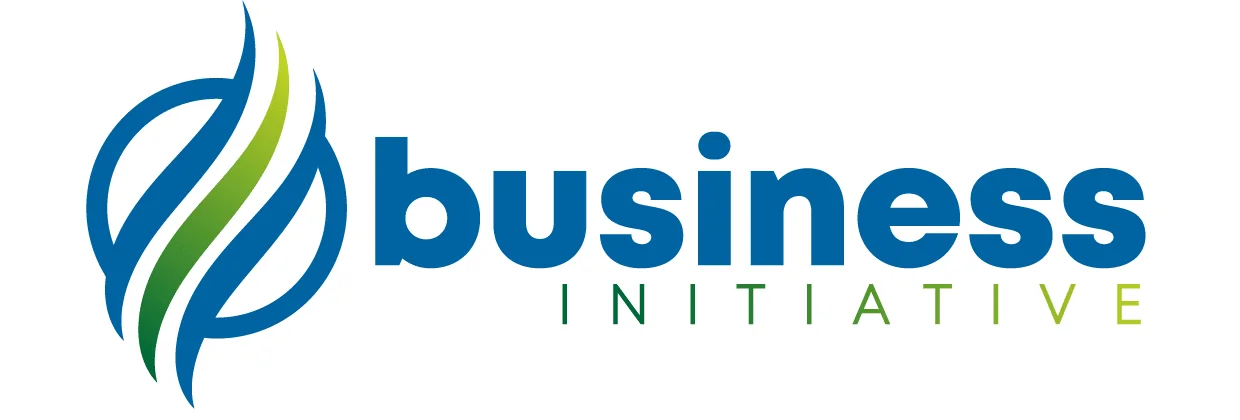In today’s fast-paced business environment, adaptability and speed are essential for success. Companies that can quickly respond to changing market conditions, customer needs, and new opportunities are more likely to stay ahead of the competition and thrive in the long run.
This is where the concept of business agility comes into play.
By reading the rest of this article, you will gain valuable insights on how to implement business agility in your organization.
By the end of this article, you will have a better understanding of how to stay ahead of the competition by embracing agile management practices, such as Scrum and Kanban, to increase productivity and efficiency.
What is Business Agility?
Business agility is the ability of an organization to quickly and effectively respond to changes in the market, customer needs, and emerging opportunities. It involves creating a culture that values adaptability, flexibility, and innovation.

With business agility, companies can make faster decisions, deliver products and services more efficiently, and meet customer demands with ease. In essence, business agility allows companies to pivot quickly when needed while still maintaining a focus on long-term goals.
This concept has become increasingly important in today’s rapidly changing business landscape where disruption has become the norm rather than the exception.
The Benefits of an Agile Corporation
Agile organizations enjoy numerous benefits, including:
1. Increased customer satisfaction: By rapidly responding to customer needs and preferences, agile companies can provide better products and services, leading to higher customer satisfaction and loyalty.
2. Improved employee engagement: A culture of adaptability and continuous learning fosters a more engaged workforce, as employees feel empowered to contribute to the company’s success.
3. Higher innovation: Agile organizations are more likely to embrace experimentation and innovation, as they recognize the need to evolve and adapt to stay ahead of the competition.
4. Better risk management: Agility enables companies to respond more effectively to risks and challenges, reducing the potential impact of unforeseen events.
5. Faster time-to-market: Agile organizations can bring products and services to market more quickly, giving them a competitive edge and allowing them to capitalize on emerging trends.
6. Improved financial performance: By reducing waste, increasing efficiency, and responding rapidly to changing conditions, agile companies can improve their bottom line and achieve greater financial success.
7. Better collaboration: An agile organization fosters collaboration across teams and departments, breaking down silos and enabling cross-functional teamwork that can lead to better outcomes.
8. Increased scalability: As companies grow and evolve, agility becomes even more critical for maintaining momentum and avoiding stagnation. By embracing agility early on, companies can set themselves up for long-term success.
9. Enhanced reputation: An agile company is often seen as innovative, forward-thinking, and responsive to customer needs – all qualities that can enhance its reputation in the market and attract new customers.
Examples of Popular Agile Companies
-
The streaming giant, Netflix, started out as a DVD rental service and later pivoted to online streaming, continuously adapting its business model and technology to stay ahead of the market. This agility has allowed Netflix to thrive and become a dominant player in the entertainment industry.
-
Amazon started as an online bookstore and later diversified its offerings to include a wide range of products and services, including cloud computing, streaming media, and artificial intelligence. Amazon’s ability to pivot quickly in response to changing market conditions and customer needs has allowed the company to maintain its position as a leader in the retail and e-commerce industry.
-
Spotify has continuously evolved its platform and business model since its launch in 2008. From personalized playlists to podcasts, Spotify has expanded its offerings while maintaining a focus on user experience and innovation. This agility has allowed Spotify to grow rapidly and become one of the most popular music streaming services worldwide.

Fostering a Culture of Adaptability and Learning
Creating a culture of adaptability and continuous learning is crucial for developing corporate agility. Here are some practical tips to help you build such a culture:
-
Encourage open communication: Foster a work environment where employees feel comfortable sharing their ideas, opinions, and concerns. This can help identify potential problems and opportunities for improvement.
-
Promote collaboration: Encourage cross-functional teams and collaboration between departments to break down silos and facilitate the exchange of ideas and knowledge.
-
Celebrate failures and learning: Recognize that failure is an inevitable part of innovation and growth, and celebrate the lessons learned from these experiences.
-
Provide ongoing training and development: Invest in your employees’ growth by offering ongoing training and development opportunities, helping them stay up-to-date with industry trends and best practices.
9 Agile Management Practices You Can Implement Today
Agile management practices can support corporate agility by promoting flexibility, collaboration, and quick decision-making. Some key practices to consider implementing include:
-
Adopting agile project management methodologies: Agile methodologies, such as Scrum or Kanban, focus on iterative progress and adaptability, allowing teams to respond quickly to changes and deliver value faster.
-
Empowering teams: Give teams the autonomy to make decisions and solve problems, enabling them to respond more quickly and effectively to change.
-
Streamlining decision-making: Reduce bureaucracy and establish clear decision-making processes to ensure that decisions are made quickly and efficiently.
-
Fostering a data-driven mindset: Encourage the use of data and analytics to inform decision-making and drive continuous improvement.
-
Embracing continuous improvement: Encourage teams to regularly reflect on their processes and identify areas for improvement, using feedback from customers and stakeholders to drive change.
-
Establishing a flexible organizational structure: Adopt a structure that allows for quick decision-making, cross-functional collaboration, and adaptability. This may include creating autonomous teams or breaking down hierarchical structures.
-
Encouraging experimentation and risk-taking: Foster a culture that values experimentation and innovation, even if it means taking risks or making mistakes along the way.
-
Aligning the organization around customer needs: Ensure that all departments and teams are aligned around delivering value to the customer, with a focus on meeting their changing needs and preferences.
-
Establishing clear goals and metrics: Set clear goals and metrics that align with your company’s vision and strategy, enabling teams to stay focused while still being adaptable.
-
Investing in technology and infrastructure: Embrace technology as an enabler of agility, investing in tools and infrastructure that enable rapid development, testing, and deployment of new products and services.
By implementing these practices, companies can create a truly agile organization that is capable of responding quickly to changing market conditions while still maintaining a focus on long-term success.
Remember – agility is not just about embracing new methodologies or technologies; it’s about fostering a culture of adaptability, flexibility, innovation, and continuous learning throughout your entire organization.

Navigating Uncertainty and Change in the Workplace
Dealing with uncertainty and change is an integral part of achieving corporate agility. Here are some strategies to help your organization navigate these challenges:
-
Embrace scenario planning: Regularly explore different scenarios and their potential impact on your business, helping you identify potential opportunities and risks.
-
Build a resilient organization: Develop contingency plans and build organizational resilience to better withstand disruptions and recover from setbacks.
-
Stay informed and adaptable: Keep a close eye on industry trends, customer preferences, and competitor activities, and be prepared to adapt your strategies and tactics as needed.
-
Encourage feedback from employees and customers: Solicit feedback from both employees and customers regularly to understand their needs better and identify areas for improvement.
-
Empower employees at all levels: Encourage employee empowerment by giving them the authority to make decisions that affect their work. This can improve efficiency, speed up decision-making processes, and foster a culture of innovation.
-
Create cross-functional teams: Create teams that consist of members from different departments to encourage collaboration and communication across the organization. This can lead to more creative solutions to problems and improved overall performance.
-
Invest in diversity and inclusion: A diverse workforce with individuals from different backgrounds brings unique perspectives and experiences that can lead to more innovative ideas, better problem-solving, and increased creativity.
-
Maintain a focus on sustainability: Incorporate sustainable practices into your business operations to reduce waste, minimize environmental impact, and save costs in the long run.
-
Embrace technology disruptions: Stay ahead of technological advancements by investing in new technologies that can improve your business operations or create new opportunities for growth.
By implementing these strategies along with agile management practices, companies can create a truly adaptive organization capable of responding quickly to changing market conditions while still maintaining a focus on long-term success.
Embrace Agility for Your Corporation’s Long-Term Success
In conclusion, corporate agility is a crucial factor for success in today’s rapidly changing business environment. By fostering a culture of adaptability and learning, implementing agile management practices, and effectively navigating uncertainty and change, you can ensure your organization stays ahead of the competition and achieves long-term success.
Don’t let your business fall behind – take charge, apply the insights from this article, and stay ahead of the competition.
Ready to transform your organization and become more agile?
Let’s set up a time to discuss your situation and how it can be optimized…
Schedule a consultation call NOW!
Sources
Share this article with your colleagues and start building a more adaptive and resilient organization today!


